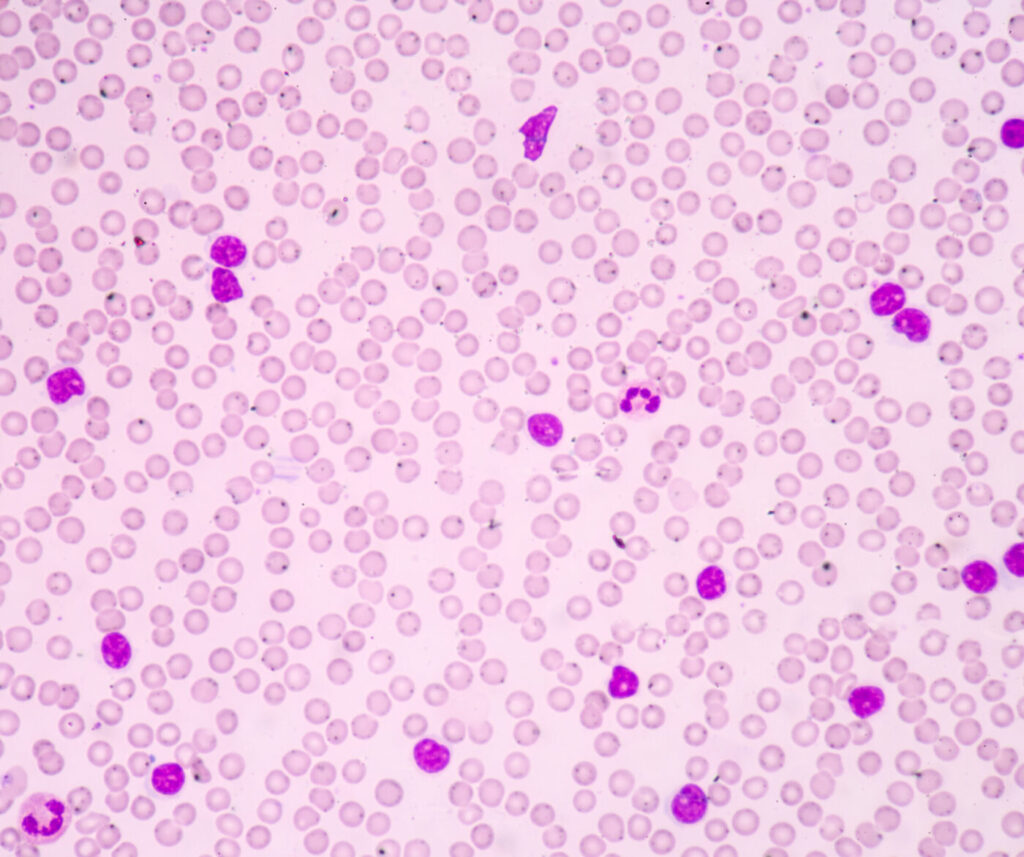Cancer doesn’t follow a linear path—it evolves, adapts, and forks. Even within a single tumor, individual cells behave differently. They mutate, diverge, and form heterogeneous clones that fuel progression and defy treatment. To circumvent this clonal heterogeneity, researchers must zoom in on the molecular machinery of individual cells.
A team of researchers from Weill Cornell Medicine and the University of Adelaide has developed a new tool that enhances the ability to track multiple gene mutations in individual cancer cells while simultaneously recording gene activity. By using diverse pathology samples and rapid processing of large amounts of cells, this new technology allows scientists to understand how cancers become more aggressive and resistant to treatment.
From the paper titled “Co-mapping clonal and transcriptional heterogeneity in somatic evolution via GoT-Multi,” published in Cell Genomics, the new technology, GoT-Multi, is the next-generation version of GoT (Genotyping of Transcriptomes), which was limited in both the types and number of gene mutations it could detect. While GoT was restricted to fresh or frozen tissue samples, GoT-Multi is a “high-throughput, formalin-fixed paraffin-embedded (FFPE) tissue-compatible single-cell multi-omics for co-detection of multiple somatic genotypes and whole transcriptomes,” the authors wrote. It can also be used to analyze tissue samples preserved with formalin and embedded in wax, both widely available resources in hospital pathology labs worldwide. The investigators used the new tool to understand how slow-growing leukemia can progress into a more aggressive form of lymphoma.
“This technology gives us substantial new power to answer important questions about how cancers evolve, from the beginnings of pre-cancerous neoplastic outgrowths to transformation into malignancy and finally to therapy resistance,” shared study co-senior author Anna Nam, MD, an assistant professor of pathology and laboratory medicine, the Gellert Family/John P. Leonard, MD Research Scholar in Hematology and Medical Oncology, and a member of the Englander Institute for Precision Medicine and the Sandra and Edward Meyer Cancer Center at Weill Cornell Medicine.
When applying the new single-cell multi-omics tool—designed to record multiple layers of information from individual cancer cells—the researchers were able to analyze tissue samples from patients with chronic lymphocytic leukemia. This included samples that were previously inaccessible. Their analysis revealed how these cells transitioned toward a more malignant large B-cell lymphoma, known as the Richter Transformation. GoT-Multi was able to profile tens of thousands of individual tumor cells, identifying more than two dozen gene mutations and linking them to cell activity. For example, as the cancer evolved, some cells grew faster, while others intensified inflammation.

The authors wrote, “…GoT-Multi revealed that distinct genotypic identities may converge on similar transcriptional states to mediate therapy resistance.” By shedding light on how genetically heterogeneous cancer cells can behave similarly at the transcriptional level, this may help explain why resistance to therapy is persistent and difficult to predict.
As the researchers apply GoT-Multi to a large cohort of therapy-resistant lymphomas and use this information to map other cancerous and precancerous developments, it could help uncover universal patterns of resistance and progression, paving the way for new therapeutic strategies and reshaping how we detect, monitor, and treat cancer at its earliest and most under-the-radar stages.

